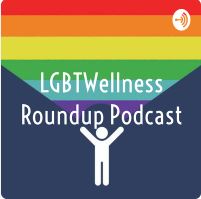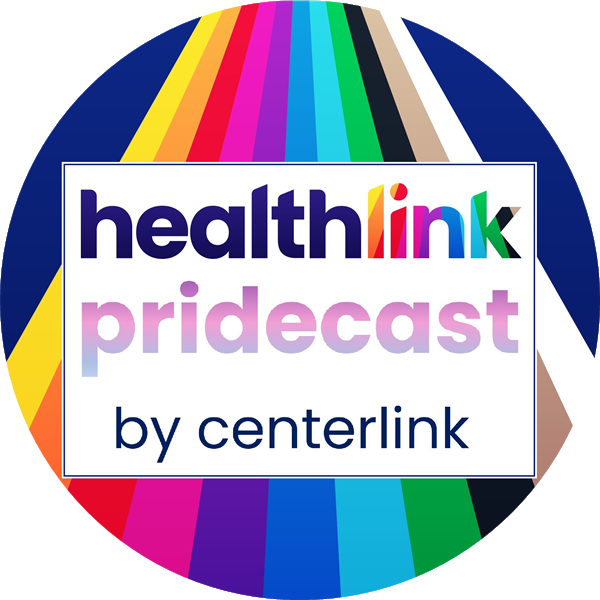#LGBTWellness Podcast Now Available!

LGBT HealthLink, 7/30/2019
Now you can HEAR your Weekly Wellness Roundup, too! Listen to our weekly podcast here: https://spoti.fi/2OqsIN1
PrEP Use Varies Greatly by Race, Ethnicity
Researchers with the CDC found that knowledge and use of PrEP (the HIV prevention treatment) grew significantly between 2014 and 2017 among urban men who have sex with men. Those aware of PrEP climbed from 60% to 90% during this time, while usage jumped from 6% to 35%. However, men of color – who are more at risk for HIV – were less likely than White men to use PrEP, and for Black men, this was true even after controlling for factors like income and region .
“Microdosing” Grows More Popular
NBC News reported on the growing number of nonbinary individuals who are seeking low doses of hormones to help them achieve a more androgynous appearance. Little research has been done on the practice, known as microdosing, as studies have mostly focused on using hormones to achieve characteristics along binary, male-female .
Queer Women at Risk for Binge Drinking
Researchers found that sexual minority women were more likely than other women to report binge drinking at 2 or 3 times the standard “cut-off” level for safe consumption, according to national data. On the other hand, sexual minority men were only as or less likely than other men to report such drinking. The results suggest sexual minority women are especially in need of intervention to prevent or respond to binge drinking .
Exploring Cancer Care for Trans Patients
Oncology Nurse Advisor explored the needs of transgender people with respect to cancer care. While noting that data is limited because it is not collected in national cancer registries, they say that transgender people may not always be aware of the risks they face, and neither are their providers – making them less likely to undergo potentially life-saving screenings. The article calls for more training and the creation of more welcoming, affirming medical environments.
Behavioral Health among Bi and Gay Adults
A study found that bisexual individuals faced higher levels of major depressive episodes than did both their heterosexual peers and their gay and lesbian peers, with lifetime prevalence of 30.8% among bisexual men and 35.8% of bisexual women. The study also looked at alcohol and illicit drug abuse or dependency, in which bisexual women had the highest rates .
Queer Women’s Fund a National First
The Bay Area Reporter shared that California has just established a $17.5 million Lesbian, Bisexual, and Queer Women’s Health Equity Fund. The new fund – passed in the state’s annual budget and the first of its kind in the nation – will provide a new, dedicated funding opportunity to service providers interested in advancing queer women’s health in the Golden State.




